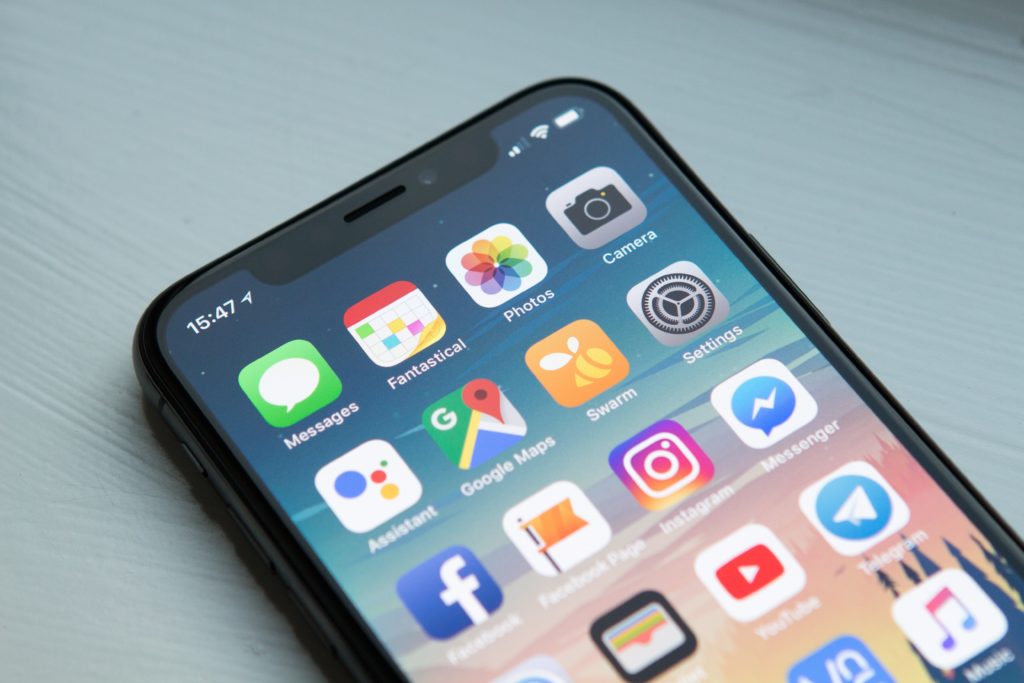
With the number of people using mobile over desktop continuing to grow, companies have realized their need to utilize mobile interfaces to reach more people. Studies have shown that 85 percent of users prefer mobile apps over mobile websites. In recent years, more people have been using mobile apps, and therefore, companies need to optimize their apps for a better user experience. To produce the best apps tailored to boost user experience product requirements documentation is essential.
The Production Process
Product Requirements Documentation (PRD) outlines a product’s purpose, features, functions, behaviors, and how it meets customer needs. Developing this technical documentation early on in creating an app (or any other product, for that matter) is vital. This helps keep developers on track, providing a clear idea of the end goal and ensuring everyone is on the same page regarding what they need to do. In addition, it avoids any unnecessary confusion later in the production process. If this documentation is inadequate at the beginning stage, this may completely sidetrack the creation of an app, as the development process can change at inconvenient times. Product requirements documentation helps developers stay on schedule, keeps stakeholders happy, and makes it easier for marketing teams to develop ways to market the app to customers.
What is Included in Product Requirements Documentation?
Product requirements documentation steers the development team to create a shared understanding of what the product is supposed to look like and how it benefits the user. However, this type of technical documentation must be clear and concise to prevent misunderstandings leading to costly and time-consuming fixes when a product is already fully developed. Additionally, a PRD is similar to the blueprints of a building. A construction team must have the blueprints to understand the end product and how to get there. A PRD is the same; it gives the development team a “blueprint” to follow regarding what is expected of the product so they know what and how to build.
Below are a few questions to ask regarding a product requirements document:
- What is the purpose of the product?
- What problems is it trying to solve?
- Who are the clients?
- What should the end product look like?
- What are the essential functions and features of the product?
Product Requirement Documentation for Mobile App Development
Product requirements documentation defines the features, functions, and user benefits to the mobile app development team so they can build an app around these specifications. The PRD for a mobile app should address such issues as navigation and accessibility, including how the user should be able to interact with the app. Navigation difficulties can discourage users from continuing to use the app. This document should also mention any existing apps that could inform your app’s development.
Furthermore, the document must also include technical specifications. For example, it should state what operating systems it will run on and if any future maintenance or updates will be needed. The product requirements document helps provide a guideline for the development process. A PRD should also be easy to follow and accessible for all involved in mobile app development to understand the process, a skill technical writers have honed.
Steps for Creating Product Requirement Documentation for Mobile Apps
The first step in writing product requirement documentation for mobile app development is to determine what the product needs to be capable of and how it works. After figuring this out, the writer should explain the app’s features, how it is meant to help the user, how the user will use it, and its purpose. The documentation should also provide the technical details for the app, the criteria for its release, and the timeline for its development. After the initial documentation is completed, the writer should make sure that it is easily accessible to anyone who needs it. Furthermore, the documentation should be updated consistently to account for any changes in the development process or updates to the app after its release.
App Statistics
Statistics show that about 24 percent of users abandon apps after their first use, which is devastating for developers given the amount of money, time, and effort put into developing mobile apps. If you want your app to succeed, you must have a solid foundation. Users tend to lose interest in an app quickly. One such prominent example is the Quibi app, which offered a wide range of content for people to watch on their phones but lasted for only a few months. One of the reasons the app failed was due to its lack of ability to stream on another device besides your phone. In this case, a thorough product requirements document could have addressed this issue before developing the application.
How Essential Data’s Technical Writers Can Help
App developers are highly knowledgeable about the work of developing an app, however, this may not necessarily translate into an accessible product requirements document. Each team member should easily understand the PRD. Using simple language is critical in order to keep the documentation understandable and valuable. In addition, the marketing team needs to use the PRD to strategize a way to sell the app.
Technical jargon is not helpful – it will only serve to confuse readers. In this regard, EDC’s technical writers can significantly help, as they have experience taking complicated and technical language and producing universally understandable writing with years of experience delivering technical documentation, including training materials, procedural documentation, and various other technical documentation. Our well-equipped tech writers will produce comprehensive product requirements documentation.
How EDC Can Help
Whether you need a single technical writer for a brief project or a team of consultants to produce a complete line of documentation, the quality of our work is guaranteed for you. Our clients work closely with an Engagement Manager from one of our 30 local offices for the entire length of your project at no additional cost. Contact us at (800) 221-0093 or [email protected] to get started.
Written by Diana Guerra
